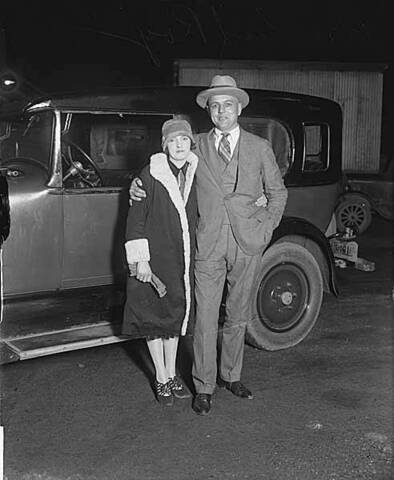
6 Autos and 9 Men Held in Roundup ran the March 22, 1920 headline in the Seattle Times. The story breathlessly reported how federal agents had laid an "elaborate trap" to catch bootleggers—whose ringleader was Roy Olmstead, a Seattle police lieutenant.
Olmstead had spent a decade on the force, working his way up from clerk. He'd also been running liquor ever since Washington had passed a dry law in 1916, four years before national Prohibition. His arrest cost him his job and a $500 fine, a sizable sum in those days. So he became a full-time bootlegger.
I ran across these details while researching my novel Lonely Are the Brave (see Forthcoming Fiction), which takes place in 1919, and in which the state's dry law influences the story. But Olmstead deserves a closer look.
Unusual among bootleggers, he forbade his employees to carry weapons and imported his liquor from Canada, rather than make his own. But he ran a large organization, difficult to keep secret, and in 1925, the feds arrested him again. This time, he went to prison.
However, they had obtained evidence through a wiretap put in place without a warrant, and he appealed the verdict. In 1928, his landmark case, Olmstead v. United States, reached the Supreme Court, which ruled, 5-4, that his constitutional rights had not been violated. FDR pardoned him in 1935.
